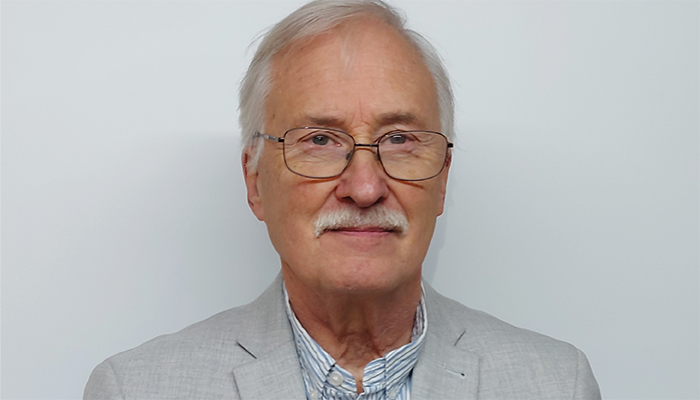New HPLC-MS method for nitrosamine testing, library matching solution for EI-MS-based compound identification, Ian Wilson’s honorary PhD – and more mass spec news
Cleaning Up the Mass Spec Source
A nanopore ion source developed by researchers at Brown University directly delivers ions of amino acids and peptides into high vacuum, circumventing the typical sample losses associated with conventional electrospray ionization (ESI) in mass spectrometry. The new ion source shows promise for advancing proteomics and single-molecule sequencing. We spoke with co-authors Derek Stein, Professor, and Nick Drachman, PhD student, to find out more.
“We don’t usually think of mass spectrometry as being a single molecule technique – but it is up to the challenge. What has been missing is a technique for reliably transferring single ions into the mass spectrometer with high efficiency. The nanopore ion source solves that problem.”
Mass Spec Imaging Meets Proteomics
Efavirenz (EFV), an antiretroviral drug widely used to treat HIV, treatment leads to region-specific alterations in various lipids in the mouse brain, according to a recent study that combined mass spectrometry imaging and proteomics. The study revealed distinct lipid alterations in brain regions critical for cognitive function, such as the hippocampus, thalamus, and corpus callosum. Mass spectrometry-based proteomics also showed downregulation of enzymes involved in the sphingomyelin-ceramide pathway, linking these changes to potential neurotoxicity in EFV-treated brains. Co-author Herana Kamal Seneviratne tells us more.
"To our knowledge, this is a novel approach to study drug disposition and response. A few months ago, we published our perspectives in the Journal of Mass Spectrometry, which underscores the value of combining multiple omics approaches, such as mass spectrometry imaging and proteomics, to investigate complex biological processes, including drug disposition and response.”
First-time analysis of 203 proteins from frozen blood samples of COVID-19 patients with multiple reaction monitoring (MRM) mass spectrometry reveals 61 markers associated with disease severity. Link
FederEI introduces a federated library matching solution for EI-MS-based compound identification, offering performance comparable to traditional methods while minimizing data transmission and enhancing privacy. Link
Jinjian Zheng and colleagues develop a new HPLC-MS method for nitrosamine drug substance-related impurities (NDSRIs) with a limit of quantitation at 0.5 ng/mL. Link
Organic pollutants (POPs) in Irtysh River water, particularly organochlorines, could originate from historical industrial and agricultural activities, suggests study using an optimized GC-MS/MS approach. Link

Congratulations to Ian Wilson!
Our warmest congratulations to Ian Wilson, who has been awarded an honorary PhD by the Department of Chemistry at Aristotle University of Thessaloniki (AUTH), Greece!
The honor, which was conferred on September 23, recognizes Wilson's significant contributions to the fields of analytical chemistry, particularly in mass spectrometry and chromatography. His influential research includes advancement in high-resolution LC-MS for metabolomics – improving the detection of biomarkers in diseases like cancer, and developing new methods for profiling gut microbiota metabolites.
“If I were Mark Twain, I would probably say something like ‘laziness combined with intelligence and ambition’ – such a person will find the quickest and simplest way to achieve their aims… But I’m not a truly innovative thinker like Mark Twain was,” he said in 2023, when asked about his “innovative spirit.”




